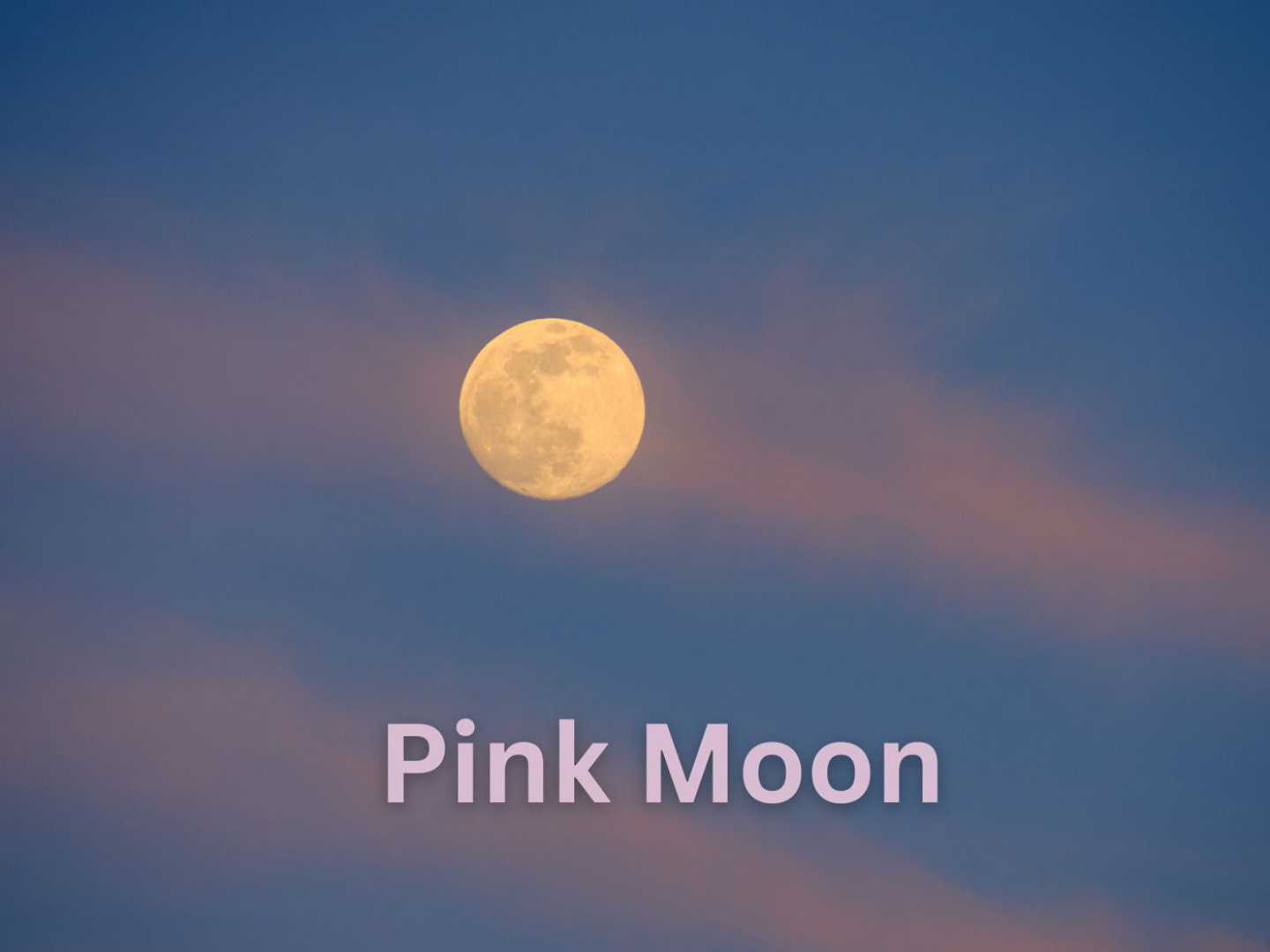News
Easter 2025: Lunar Mechanics Cause Late Celebration

NEW YORK, NY — Easter Sunday falls on April 20, 2025, marking one of the latest dates for the holiday since 2017. The date coincides with a rare occasion when both Orthodox and non-Orthodox Christians will celebrate Easter together. The latest possible Easter can occur on April 25.
The timing of Easter is determined by a blend of celestial mechanics and ancient tradition. According to Christian doctrine, Easter is celebrated on the Sunday after the first full moon occurring on or after the spring equinox, which took place on March 20 this year.
This year, the full “Worm Moon” preceded the equinox on March 13/14, resulting in the next full moon, known as the “Pink Moon” or “Paschal Moon,” occurring on April 12. Therefore, Easter Sunday is set for April 20.
The unique timing of the Pink Moon has significant consequences for the Easter celebration. Jamie Carter, an award-winning reporter who covers astronomy, explained the connection: “Christianity is one of many religions that uses lunar and solar cycles to determine the dates of important annual events. The calculations for Easter are based on similar principles as those used in setting the dates for Lunar New Year, Ramadan, and Passover.”
Due to variances in calendars, Western Christianity follows the Gregorian calendar while the Orthodox Church abides by the Julian calendar. This discrepancy results in varying Easter dates; Orthodox Christians celebrate Easter based on the Sunday following the first full moon after the Jewish festival of Passover.
The Jewish Passover coincides with the Pink Moon on April 12 in 2025, adding another layer to the complex calculations surrounding Easter’s date. Orthodoxy permits Easter to occur between April 4 and May 8, which is why the 2025 concurrence of Easter date among both traditions is noteworthy.
The lunar cycle plays a critical role in setting not only Christian observances but also Islamic and Jewish holy days. For instance, Ramadan concludes with Eid, dates for which shift based on lunar sightings. Observances like Passover begin on a full moon as well, illustrating a broader pattern among faiths that honor celestial events.
The connection between the moon’s phases and human calendars spans centuries. For 2025, the moon’s elliptical orbit leads to fluctuations in the timing of Easter, giving rise to celebrations that vary annually. Carter noted, “The lunar year is often misunderstood. Earth orbits the sun in approximately 365.25 days, while the moon’s orbit around Earth takes about 29.5 days.”
As Easter approaches, families are gearing up for lunch gatherings and traditional festivities. The timing of these events, slightly later in 2025, echoes how celestial bodies can influence cultural practices. The unique alignment in 2025 serves as a reminder of the intricate relationship between astronomy and religious traditions.












